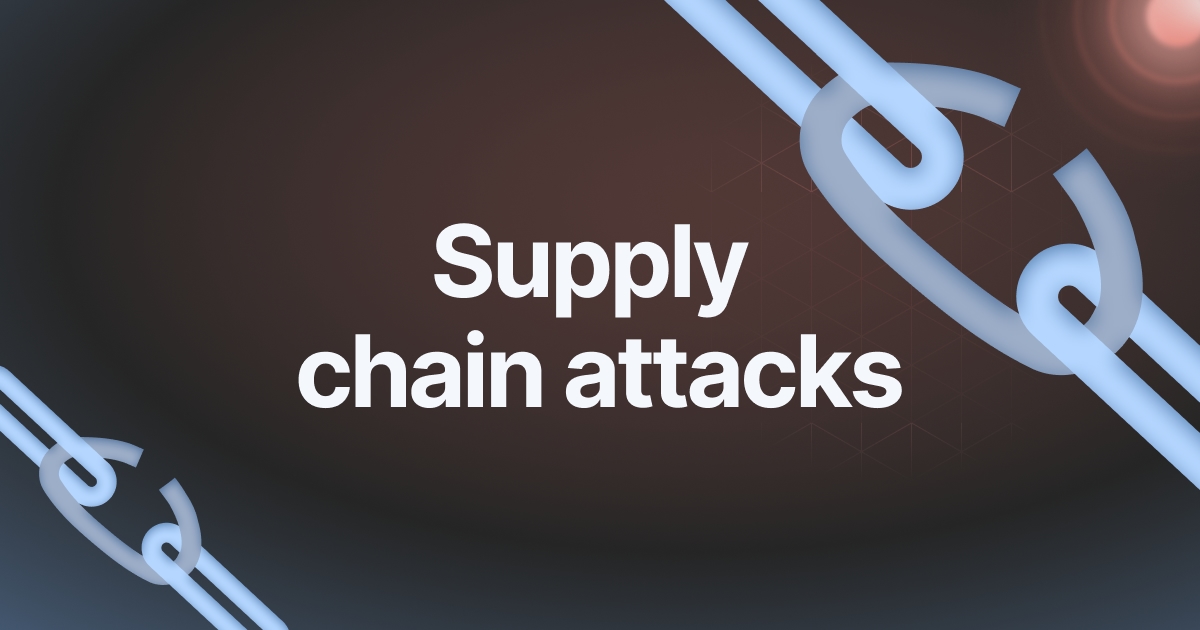In the digitally connected age of our time, the notion of a “perimeter” that safeguards your data is fast being replaced by technology. The Supply Chain Attack is a new cyberattack that targets the complex web of services and software upon which companies rely. This article focuses on the supply chain attack along with the threat landscape as well as your organization’s vulnerabilities. It also details the actions you can take to improve your security.

The Domino Effect: A Tiny flaw could ruin your Business
Imagine this scenario: your company doesn’t use a particular open-source library that has a known security vulnerability. But the provider of data analytics services, on which you rely heavily, does. This seemingly minor flaw can become your Achilles’ Achilles. Hackers exploit this flaw to gain access to service provider systems. They now could gain access to your business, via an invisible third-party connection.
This domino effect is a perfect illustration of the insidious character of supply chain hacks. They infiltrate seemingly secure systems by exploiting weaknesses of the partner software, open-source libraries or cloud-based applications. Talk to an expert for Supply Chain Attack Cybersecurity
Why Are We Vulnerable? What is the reason we are vulnerable?
Supply chain attacks are a result of the same forces that fuelled the modern digital economy and the rising use of SaaS and the interconnectedness between software ecosystems. The ecosystems that are created are so complicated that it is difficult to track all the code which an organization could interact with at least in an indirect way.
Beyond the Firewall Traditional Security Measures Fall Short
Traditional cybersecurity measures focused on building up your own security are not enough. Hackers know how to find the weakest link, elude perimeter security and firewalls in order to gain access to your network through trusted third-party vendors.
Open-Source Surprise It is not the case that all open-source software is made equally
Open-source software is a well-known product. This is a risk. While open-source libraries have many benefits, their widespread use and the possibility of relying on developers who volunteer to work for them can lead to security threats. A single, unpatched vulnerability in a widely used library could be exposed to a multitude of organizations who did not realize they had it in their systems.
The Invisible Attacker: How to spot the signs of the threat to your Supply Chain
It can be difficult to spot supply chain attacks because of the nature of their attack. However, some warning signs may signal a red flag. Unfamiliar login attempts, unusual data activity, or unexpected software updates from third-party vendors may signal a compromised system in the ecosystem you operate in. An incident of serious security at a library, or service provider that is widely used should prompt you to take immediate action.
A fortress built in the fishbowl: Strategies to mitigate supply chain risk
What could you do to improve your defenses? Here are some important steps to take into consideration:
Verifying Your Vendors: Perform a an extensive selection process for vendors that includes an evaluation of their security methods.
Cartography of Your Ecosystem : Create the map that covers every library, software and other services your company employs, either directly or indirectly.
Continuous Monitoring: Ensure you are aware of all security updates and monitor your system for any suspicious activity.
Open Source with care: Take your time when using libraries which are open source, and give priority to those with an excellent reputation and active communities.
Transparency is a key element to building confidence: encourage vendors to adopt robust security measures and to encourage an open dialogue with you regarding potential vulnerabilities.
Cybersecurity in the Future: Beyond Perimeter Defense
As supply chain security threats grow, businesses must rethink how they approach cybersecurity. It’s no longer enough to just focus on securing your security perimeter. Companies must implement a holistic approach that prioritizes collaboration with vendors, promotes transparency within the software ecosystem, and manages risks throughout their interconnected digital chain. You can protect your business in an ever-changing, interconnected digital environment by recognizing the potential threat of supply chain threats.